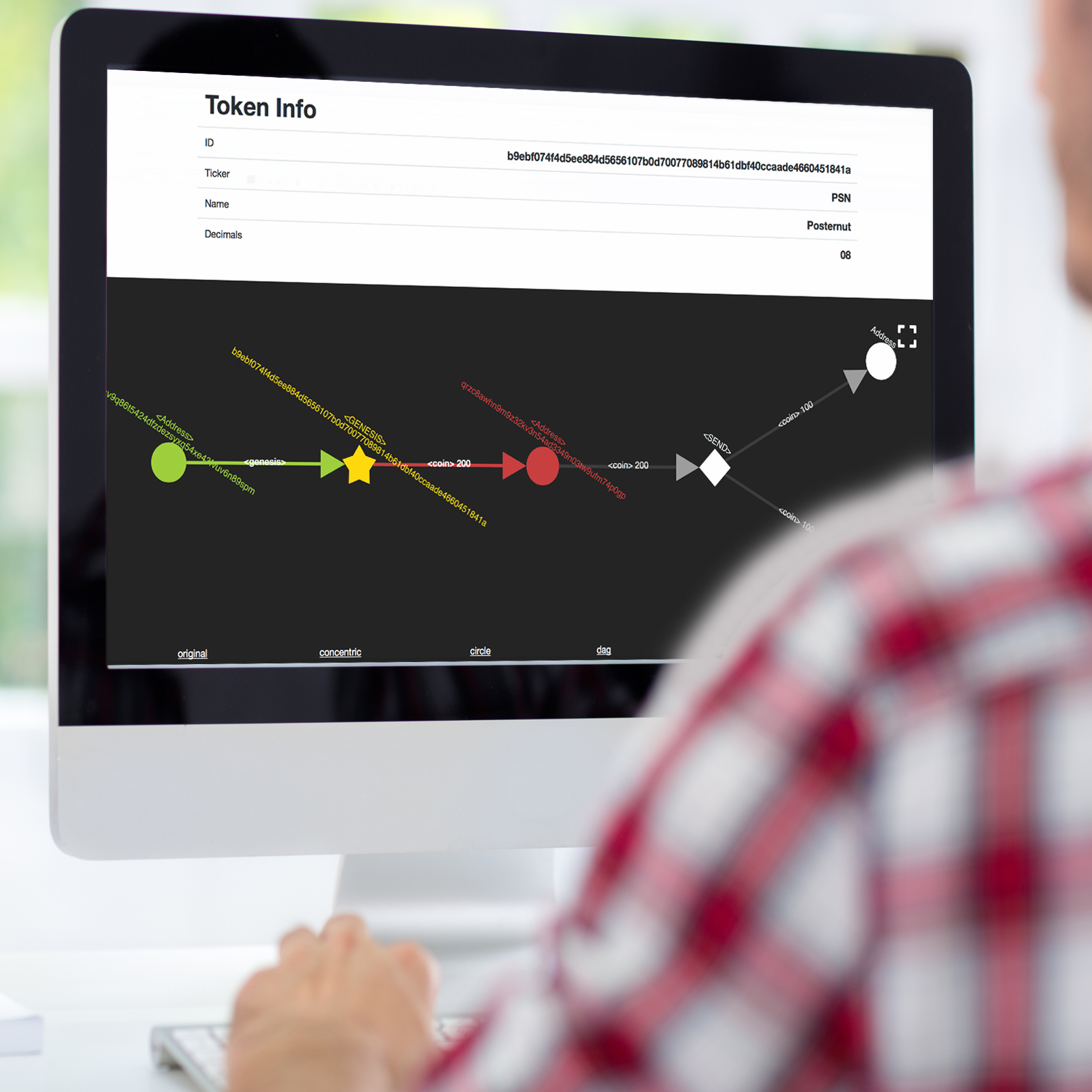
During the second week of July news.Bitcoin.com reported on a Bitcoin Cash-powered token creation proof-of-concept called the Simple Ledger Protocol (SLP). Since the initial announcement, a variety of other BCH token projects have been launched, and all of them are a touch different. Now, this week the SLP creators have released the project’s beta version which allows users to store, receive, send, and mint tokens created on the BCH network. SLP is also the first BCH tokenization platform that is compatible with light wallets which is a big leap ahead when it comes to this technology.
Also read: Regional Government Announces Opening of Large Crypto Mining Farm in Russia
A Group of Bitcoin Cash Developers Reveal the Simple Ledger Protocol
Tokenization is really picking up the pace on the Bitcoin Cash network as developers are scurrying to build a system that replicates the ERC-20 phenomenon that stemmed from the Ethereum (ETH) network. Over the past few weeks here at news.Bitcoin.com we’ve had the opportunity to experiment with projects like Wormhole, Keoken, and the latest colored coins project launched by the Cryptonize developers. This week the Simple Ledger Protocol (SLP) has launched which allows Bitcoin Cash proponents to create tokens in a matter of minutes using the Electron Cash SLP beta wallet. SLP was created by programmers such as Ryan X. Charles, Mark B. Lundeberg, Calin Culianu, Jonald Fyookball, James Cramer, and the developer Unwriter.
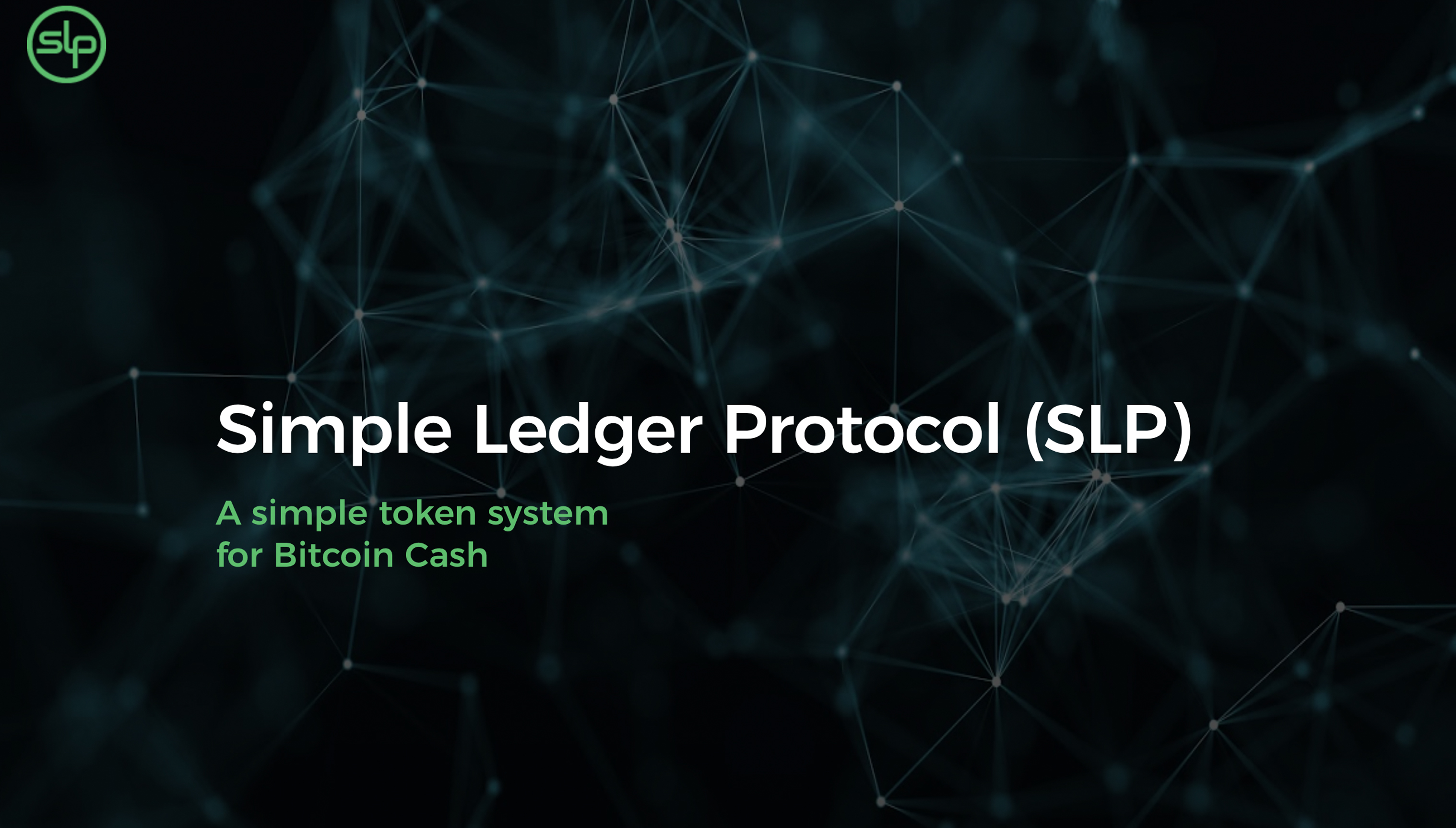
SLP has released the Electron Cash SLP version for Windows and Mac OS and users can also compile the software from the source. The developers have also launched a website which gives a bunch of information on the project and helpful resources. Additionally, SLP also has a blockchain explorer specifically designed to search for SLP-created tokens on the BCH network and the browser called Tokengraph.network also shows transactions in a unique graph-like way.
“SLP is an emerging standard protocol for issuing secure tokens on the Bitcoin Cash blockchain — Anyone can issue their own token or coin within seconds. And with SLP, you can spend or trade tokens peer to peer, just like Bitcoin Cash itself,” explains the SLP website.
You can think of SLP as a ‘transaction within a transaction’. SLP transactions live within a special output known as OP_RETURN, which is a part of a standard Bitcoin Cash transaction. If Alice wants to send Bob some tokens, she sends a minimal (dust) amount of BCH, and the transaction also contains the data to transfer the tokens.
Creating Tokens Using Electron Cash SLP
After reading about the project and downloading the latest SLP beta release, we decided to experiment with the new Electron Cash version that incorporates Simple Ledger Protocol transactions. We already had an existing Mac OS version of Electron Cash on our laptop, and after opening the SLP version our older wallet which contained a few bucks worth of BCH was ported into the SLP client. If you download the Electron Cash SLP client from scratch you will have to add a small fraction of funds to the wallet to be able to mint your own tokens.
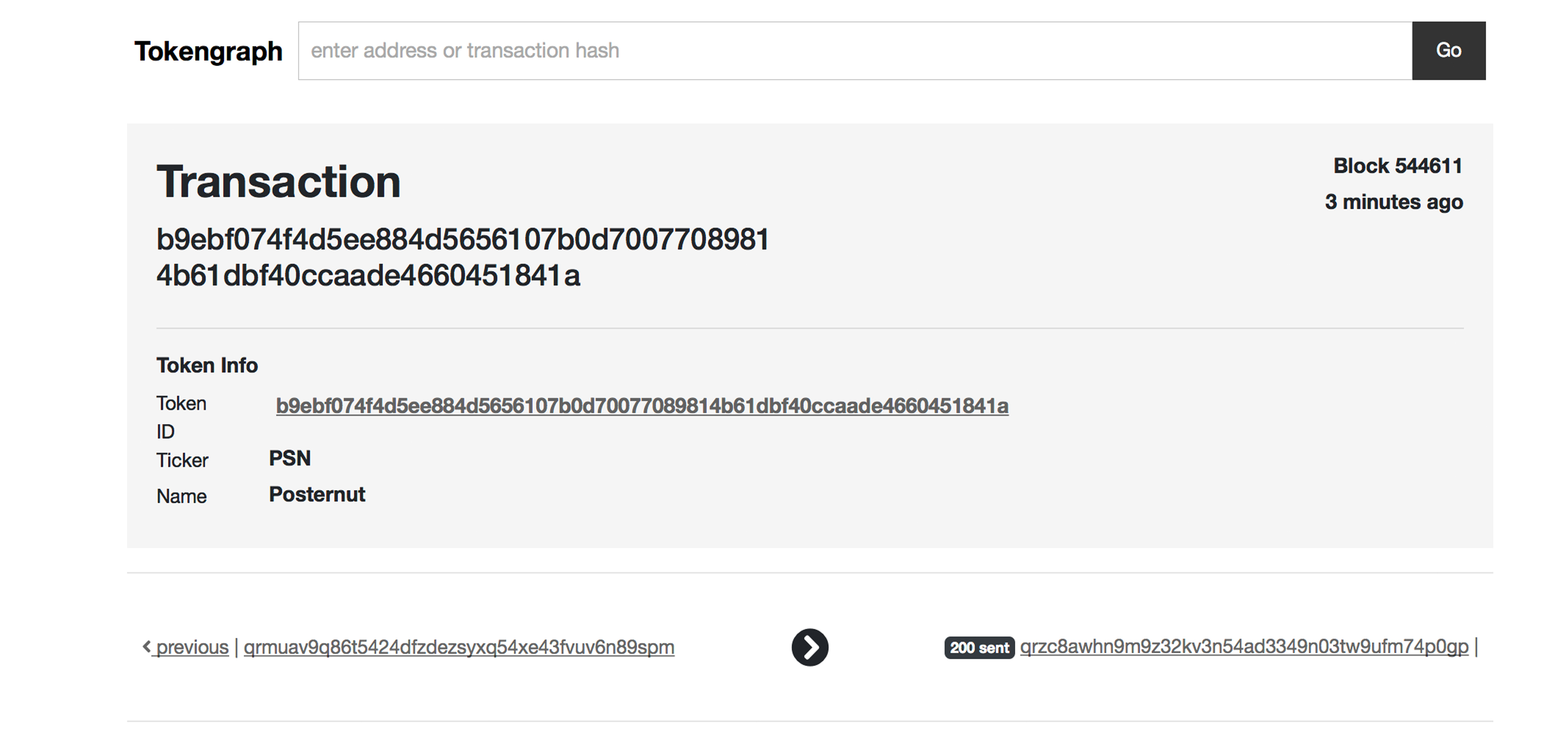
The SLP user interface is pretty much identical to the original Electron Cash wallet with a few added tabs that let you interact with SLP created tokens. It also uses a different address format where addresses start with the words ‘simpleledger:’ followed by the alphanumeric string. The differences you will notice are the ‘tokens’ tab and the ‘SLP history’ tab, which we used to mint and accept tokens coming in from another wallet. First, we went to the ‘tokens’ tab and right clicked and chose ‘create a new token.’ This command opens up a new window where you can customize your SLP creation.
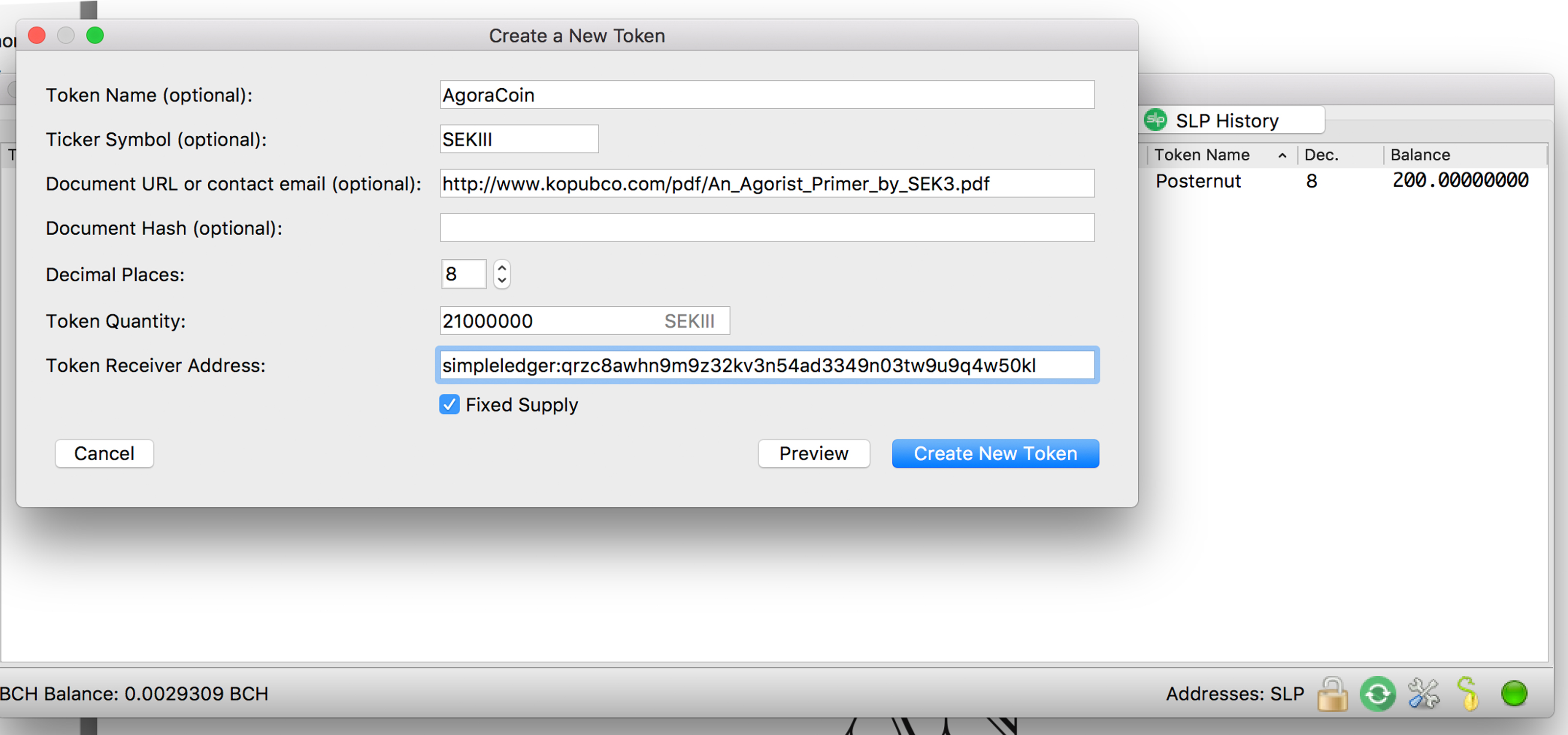
The window lets you create a custom name, ticker symbol, how many decimals the token can be divided by, and whether or not it has a fixed supply and a limited token quantity. Users can also attach a document hash record, URL, or contact email to the token’s metadata as well.
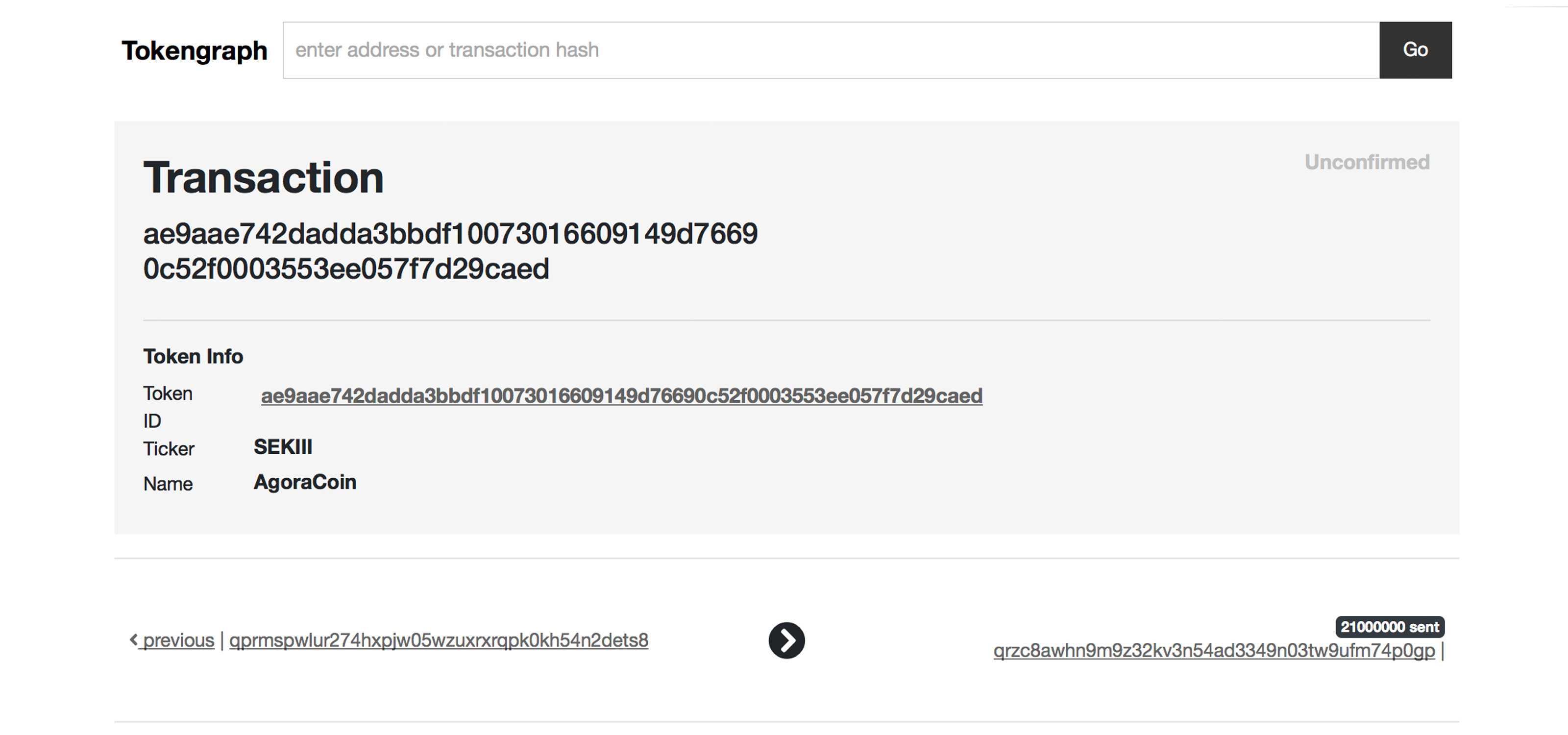
Seeing how we made some extremely scarce Posternut (PSN) coins the other day, using the colored coins protocol created by the Cryptonize team, we decided there just wasn’t enough PSN tokens for everyone in the world. So the first coins created were 200 Posternut (PSN) tokens that are divisible by eight and can be hoarded for decades. The process took less than a minute to mint a new token after filling out all the optional information you can tether to the coin’s data. Following the PSN tokens, we decided to create some more coins on the BCH chain and minted 21 million Agoracoin SEKIII tokens which have a URL attached that brings visitors to a PDF version of the ‘Agorist Primer.’ Minting tokens was fairly intuitive and if you already know how to use the Electron Cash client, creating coins is easy.
The Tokengraph Explorer and the Ecosystem Compatibility Holy Grail
Next, we want to try receiving tokens and sending some of the newly minted coins to see how they work coming in and out of the wallet. So a friend sent us 50,000 ‘Tasties’ and when it came into the wallet it said it was an ‘unknown token.’ The SLP developer Jonald Fyookball explains to news.Bitcoin.com that it is a safety feature to not immediately identify the token type since a name could be spoofed and the Electron Cash SLP client lets the user check the hash ID. So after the token was received we simply went over to the ‘SLP history’ tab and right clicked the unknown token and added it to our wallet. Sending tokens was just as easy as two writers from the Bitcoin.com newsdesk split the supply of 200 newly created PSN tokens in half. Following sending half the PSN coins we checked the transaction on the Tokengraph block explorer which shows a graph-like interpretation of the genesis (birth) of these tokens and the transactions that follow.
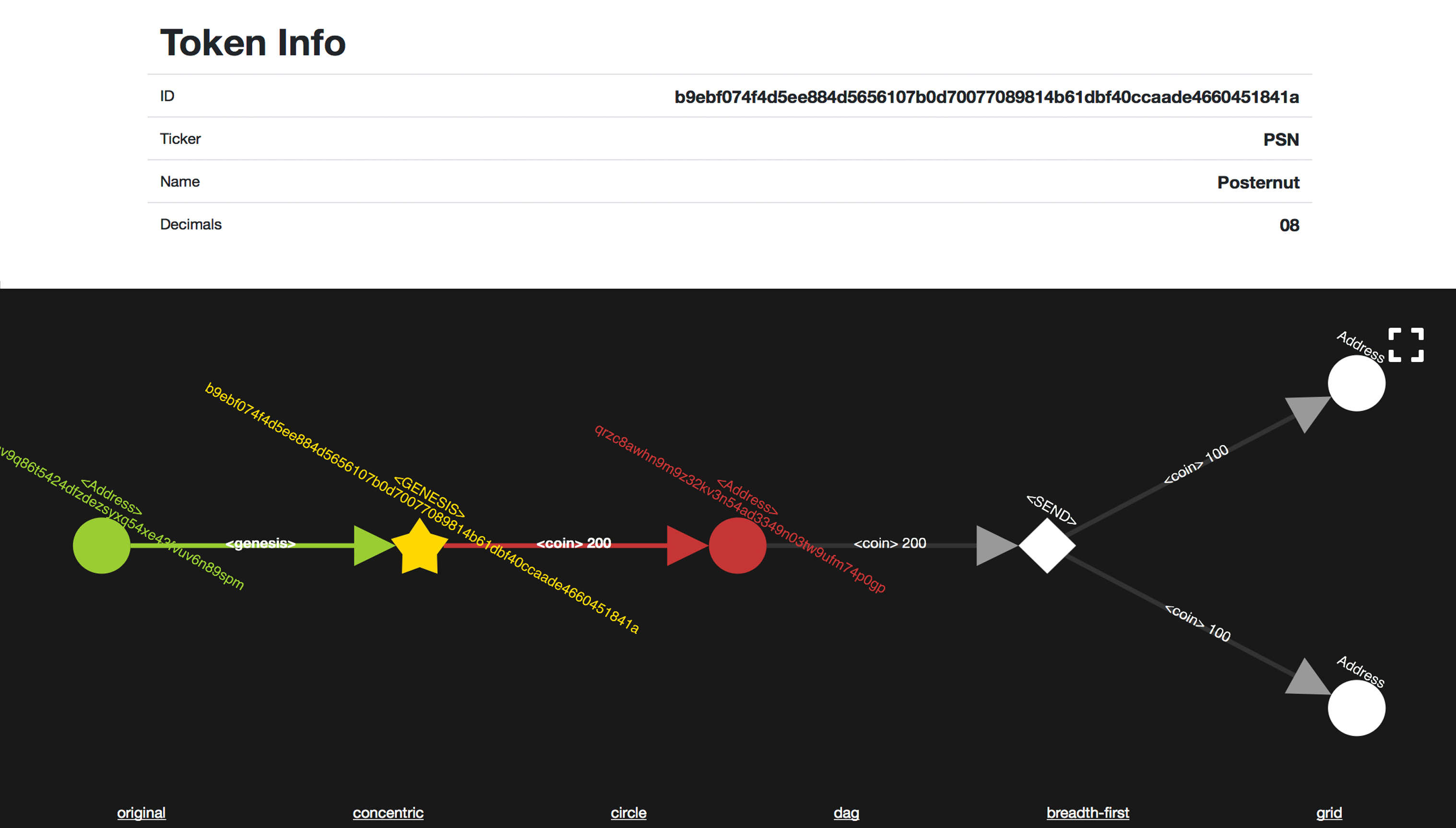
So far it seems there have been a bunch of new tokens created with SLP since the launch announcement yesterday. Fyookball also tells us the development team has focused their attention on quality with over 100 unit tests. So far there have been roughly four new token projects for the BCH network that have working protocols allowing token creation on the BCH chain. Each one has its differences but the main accomplishment will be making these tokens compatible with other forms of BCH infrastructure like exchanges and wallet software. Compatibility and accessibility with a great majority of the ecosystem will likely push one of these projects ahead of the pack.
What do you think about the new SLP project for Electron Cash? Let us know what you think about this subject in the comment section below.
Disclaimer: Readers should do their own due diligence before taking any actions related to the mentioned company or any of its affiliates or services. Bitcoin.com is not responsible, directly or indirectly, for any damage or loss caused or alleged to be caused by or in connection with the use of or reliance on any content, goods or services mentioned in this article.
Special thanks to C.Edward Kelso for help reporting on this new platform.
Images via Shutterstock, Electron Cash, and Jamie Redman.
Need to calculate your bitcoin holdings? Check our tools section.
The post Simple Ledger Token Creation Platform Launches on the BCH Network appeared first on Bitcoin News.
Powered by WPeMatico
